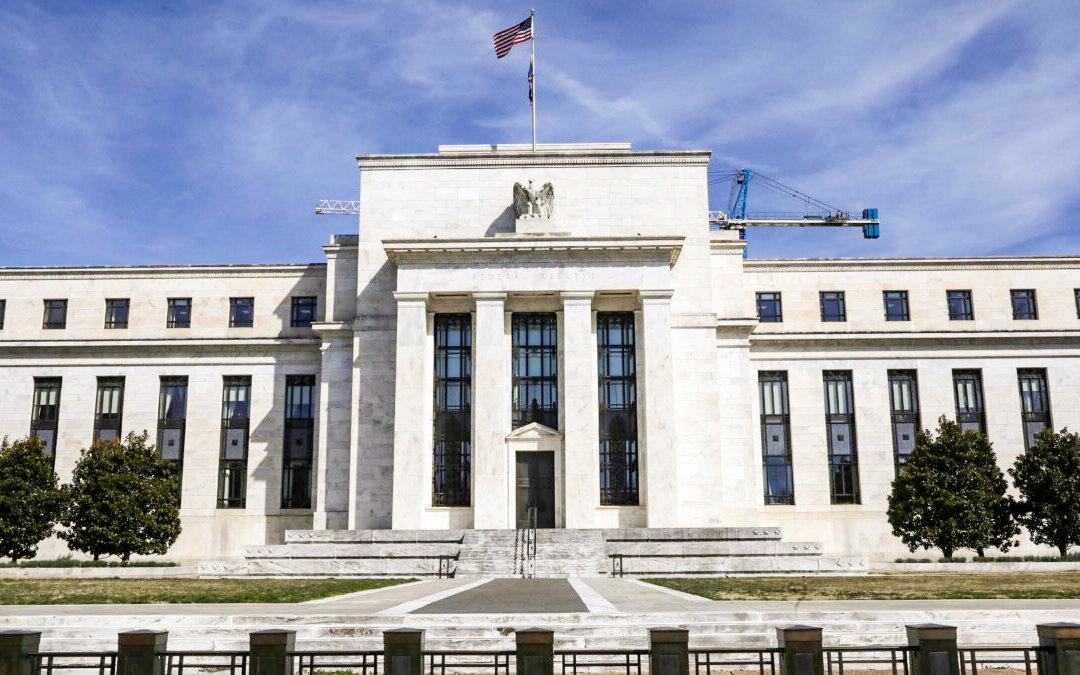Commentary
Don’t Fight The Fed. That mantra has remained a call to arms of the financial markets and the bullish media over the last decade.

Don’t Fight The Fed. That mantra has remained a call to arms of the financial markets and the bullish media over the last decade.